The shrike is a family of small songbirds that are surprisingly lethal predators. They are not raptors, like eagles, hawks, and falcons, but they do hunt small prey with ferocious tenacity.
In some areas, shrikes are also known as “butcherbirds” because of their hunting prowess. The shrike, or Laniidae, family consists of over 31 different species of birds. Read on to learn about the shrike.
Description of the Shrike
Shrikes have dainty legs and tails, with broad chests and heads. Like raptors, their beaks have sharp hooks at the ends. Each species is slightly different in color and pattern, but they all have a similar body shape.
Their feather color varies, but is typically white, cream, tan, brown, or black. Shrikes are relatively small birds, especially in comparison to other predatory bird species, like the peregrine falcon or the bald eagle.
Interesting Facts About the Shrike
Shrikes have a number of notable characteristics. They are quite interesting birds, read on to learn what special traits and adaptations they have.
- Butchery – These birds aren’t known as butcherbirds for nothing. Shrikes have an incredibly unique, and somewhat brutal, method of killing, eating, and storing their prey.Small prey is easy enough to dispatch, but how does a small bird kill a small mammal almost as large as itself? These little predators use sharp thorns or barbed wire to do the work for them!
- Not Birds of Prey – You see, shrikes have a single and critical difference from the birds of prey they resemble. Though they have hooked beaks, they do not have sharp talons that hawks and falcons do.Birds of prey, or raptors, use their sharp talons to help kill their prey. Because shrikes do not have strong talons, they are not true birds of prey, but they are fierce little predators.
- Problematic Prey – When a shrike catches an insect or a small invertebrate, it is easy enough for them to just chomp it down. However, when they catch a lizard or a mouse, it is considerably more difficult to subdue that prey without getting injured.Instead of battling with their prey, they simply use some other sharp object to finish the job for them. They impale their prey by the head or neck on a piece of barbed wire, thorn, or sharp branch.
- Feeding Utensil – Not only do thorns and spines make for easy prey killing, but they also serve another purpose. A particularly large piece of food can be difficult to tear pieces off of. The thorn or sharp object works sort of like a fork, and holds the food still while the shrike pulls off bite-sized pieces. Some shrikes even leave left over prey on their favorite spines, and return later to finish their meal at their leisure.
Habitat of the Shrike
The preferred habitat of these birds varies from species to species. Some species live in similar regions and inhabit similar ecosystems, while others have drastically different preferences. One of their favorite habitats as a family is savannah, scrubland, and open grassland.
Other species live in dense forests, or more urban areas. Agricultural areas and farms are a particular favorite, because barbed wire makes a hand sharp location to impale prey.
Distribution of the Shrike
The distribution of this bird varies greatly based on the species at hand. Some species, like the northern shrike, have ranges across entire countries, while others live only in very small regions.
For example, the Newton’s fiscal species of shrike lives only on a single small island. In general, different species of shrikes live in Africa, Eurasia, North America, and New Guinea.
Diet of the Shrike
While the specific prey species varies from shrike to shrike, usually these birds feed on the same types of prey. They are relatively small, so they limit their targets to animals that they can overpower.
With that said, they can kill surprisingly large prey. Shrikes hunt insects, invertebrates, lizards, and even small mammals like mice and bats.
Shrike and Human Interaction
For the most part, these birds do not directly conflict with humans in many ways. Shrikes are not large enough to hunt livestock, so farmers actually enjoy having them around because they hunt pest insects and rodents.
However, some species do suffer in areas where humans destroy their habitats. One example is the previously mentioned Newton’s fiscal, which the IUCN lists as Critically Endangered.
Domestication
Humans have not domesticated shrikes in any way.
Does the Shrike Make a Good Pet
No, shrikes do not make good pets. They are wild birds, and need lots of space to hunt and stretch their wings. Additionally, in many areas it is illegal to own a shrike as a pet.
Shrike Care
In a zoological setting, shrikes need care similar to birds of prey. They must have plenty of flying space, but not quite as much as their larger counterparts.
Zoos also provide them with a variety of perches and trees to land in, and a variety of different foods. Zookeepers feed them live crickets and mealworms, as well as frozen (and thawed) mice.
Behavior of the Shrike
This bird’s predatory behavior is possibly its most interesting trait. They hunt for prey during the day, which makes them diurnal.
Shrikes perch on high branches with clear, open views so they can spot prey. Once they spot a potential meal they swoop down, grab it, and carry it to their favorite impaling location. These birds work smarter, not harder.
Reproduction of the Shrike
The exact courting behaviors vary from species to species. Most species are monogamous, and continue to breed with the same mate until one of them dies. The number of eggs laid, and the incubation time varies.
Some species lay up to nine eggs in a single clutch. Incubation varies by species, usually between two and three weeks long. The young chicks begin learning to fly in around the same amount of time, when they are around two or three weeks old.

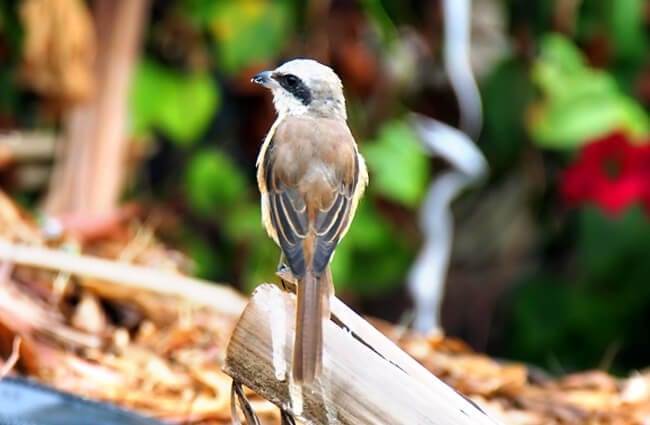

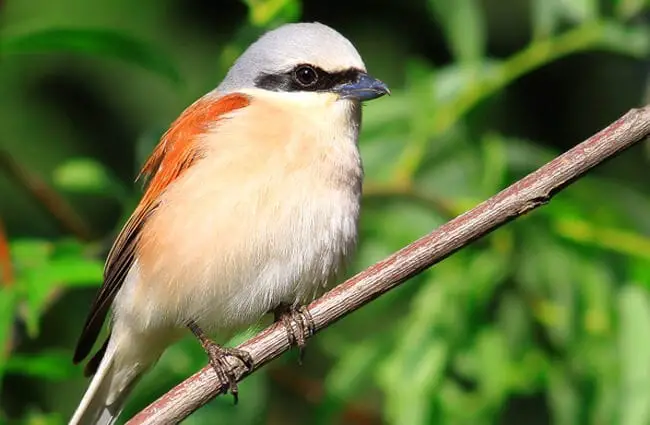
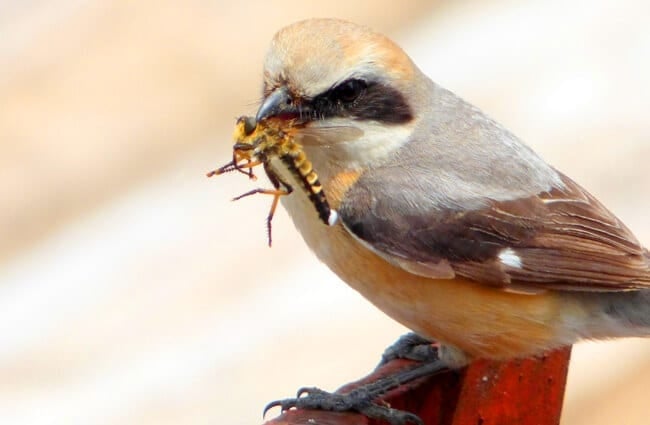
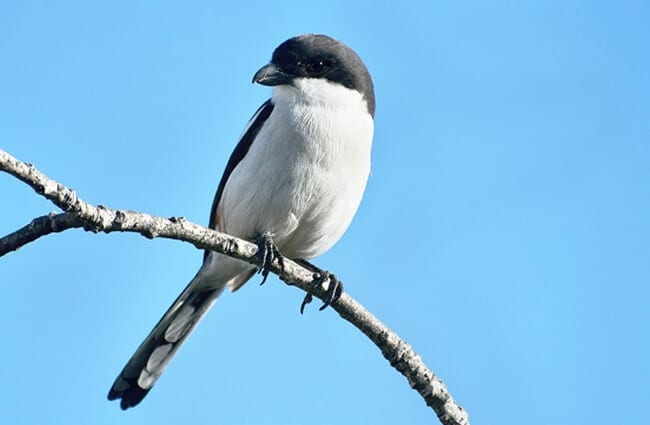

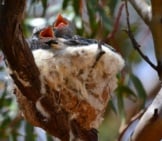
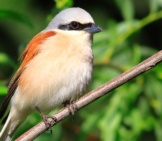

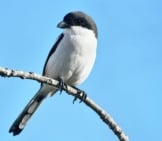
![Red Angus Closeup of a beautiful Red Angus cowPhoto by: U.S. Department of Agriculture [pubic domain]https://creativecommons.org/licenses/by/2.0/](https://animals.net/wp-content/uploads/2020/03/Red-Angus-4-238x178.jpg)












![Red Angus Closeup of a beautiful Red Angus cowPhoto by: U.S. Department of Agriculture [pubic domain]https://creativecommons.org/licenses/by/2.0/](https://animals.net/wp-content/uploads/2020/03/Red-Angus-4-100x75.jpg)

